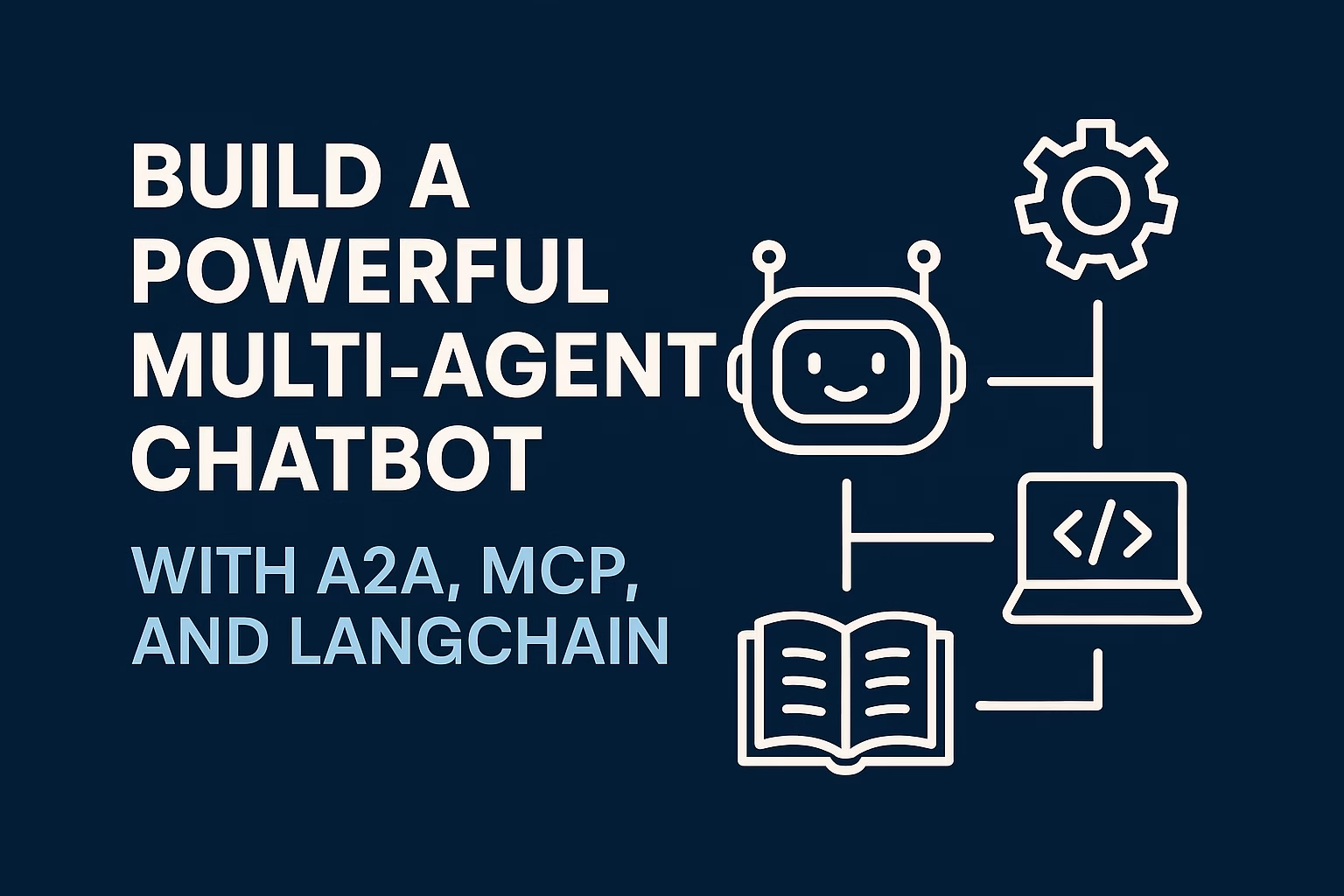Introduction
Lazy Evaluation and DAG in Spark are two core concepts that every beginner must understand. These principles play a vital role in making Apache Spark fast, fault-tolerant, and memory-efficient. This blog post explains these concepts in simple terms with real-life examples, helping you gain clarity and confidence in working with Spark.
What is Lazy Evaluation in Spark?
Lazy Evaluation in Spark means that transformations like map, filter, and flatMap are not executed immediately. Instead, Spark waits until an action like collect(), count(), or save() is called. This behavior offers several benefits:
- Performance Optimization: Spark groups transformations together to reduce the number of passes over the data.
- Reduced Memory Usage: Only necessary data is processed, minimizing memory consumption.
- Fault Tolerance: Spark knows how to re-run tasks in case of failure because it has a blueprint of the steps.
Example Use Case:
rdd = sc.textFile("data.txt")
rdd2 = rdd.filter(lambda x: "error" in x)
rdd3 = rdd2.map(lambda x: (x, 1))
result = rdd3.collect() # Execution happens here
In this code:
textFilereads the data but doesn’t trigger any computation.filterandmapare lazy transformations—just steps in a pipeline.collect()is an action that finally tells Spark to execute all pending steps.
This example shows how Spark builds a logical plan of execution and waits to run it all at once, ensuring efficiency.
Real-Life Analogy: Imagine planning a road trip:
- You think of the destinations you want to visit (transformations like
filter,map). - You decide the route but don’t leave yet.
- Finally, when you’re ready, you start the car and begin the journey (action like
collect()).
Until you actually begin the trip, all your planning is just preparation — exactly how Lazy Evaluation works!
When Spark Skips Unnecessary Code Execution
Spark is smart—it only computes what’s absolutely necessary. Thanks to Lazy Evaluation, it doesn’t waste resources on operations that don’t impact the final result.
Example Scenario:
rdd = sc.textFile("data.txt")
rdd1 = rdd.map(lambda x: x.upper()) # This will be skipped if not used
rdd2 = rdd.filter(lambda x: "error" in x)
result = rdd2.collect() # Only rdd2 is usedHere, the rdd1.map() transformation will be skipped entirely because its result is never used in an action. Spark knows there’s no point in executing it, so it saves time and memory.
Real-Life Pizza Analogy (Extended): Imagine you tell the pizza shop:
- First, “Maybe add olives.”
- Then, “Definitely add mushrooms.”
- Finally, “Just deliver the mushroom pizza.”
Since you never confirmed the olives, the chef won’t bother with them. Similarly, Spark won’t compute transformations that aren’t part of the final result chain.
Benefits:
- Avoids redundant work
- Saves memory and CPU
- Speeds up execution time
This is one of the biggest advantages of Lazy Evaluation in Spark—it ensures only meaningful tasks get executed.
How DAG Works in Spark
A DAG (Directed Acyclic Graph) in Spark is a sequence of computations that defines how data will flow through various operations. When you perform transformations, Spark builds a DAG to visualize the entire process.
- Directed: Tasks have a defined direction, from start to finish.
- Acyclic: The flow doesn’t loop back, preventing infinite cycles.
Why DAG Matters:
- Helps Spark decide the optimal execution plan.
- Allows recovery from failure by re-executing only failed stages.
- Provides visibility into how data moves across tasks.
Real-Life Analogy: Think about building a pizza:
- First, you choose the base (plain or cheese-stuffed).
- Then, you add sauces, top it with veggies, and sprinkle cheese (these are like
mapandfilter). - But the pizza isn’t made until you say “Make it!” (like calling
collect()in Spark).
Each step in your order forms a chain — and that’s your DAG. The pizza shop only starts preparing your pizza when the final order is placed. Similarly, Spark executes the DAG when an action is called.
Conclusion
Understanding Lazy Evaluation and DAG in Spark helps you write efficient, optimized, and fault-tolerant code. These concepts enable Spark to manage large-scale data with ease. Want to see these in action? Contact us or start today with your Spark project.


